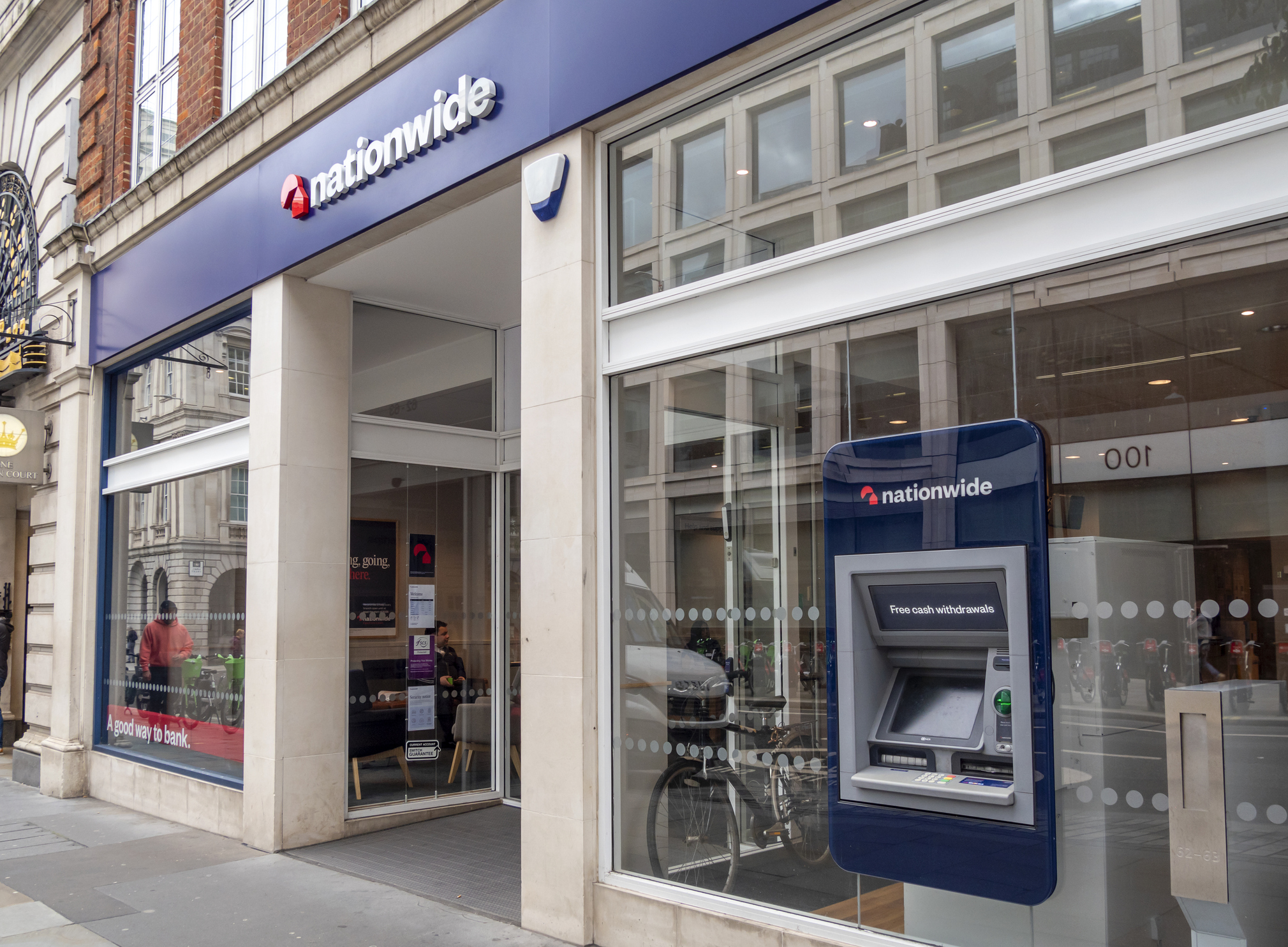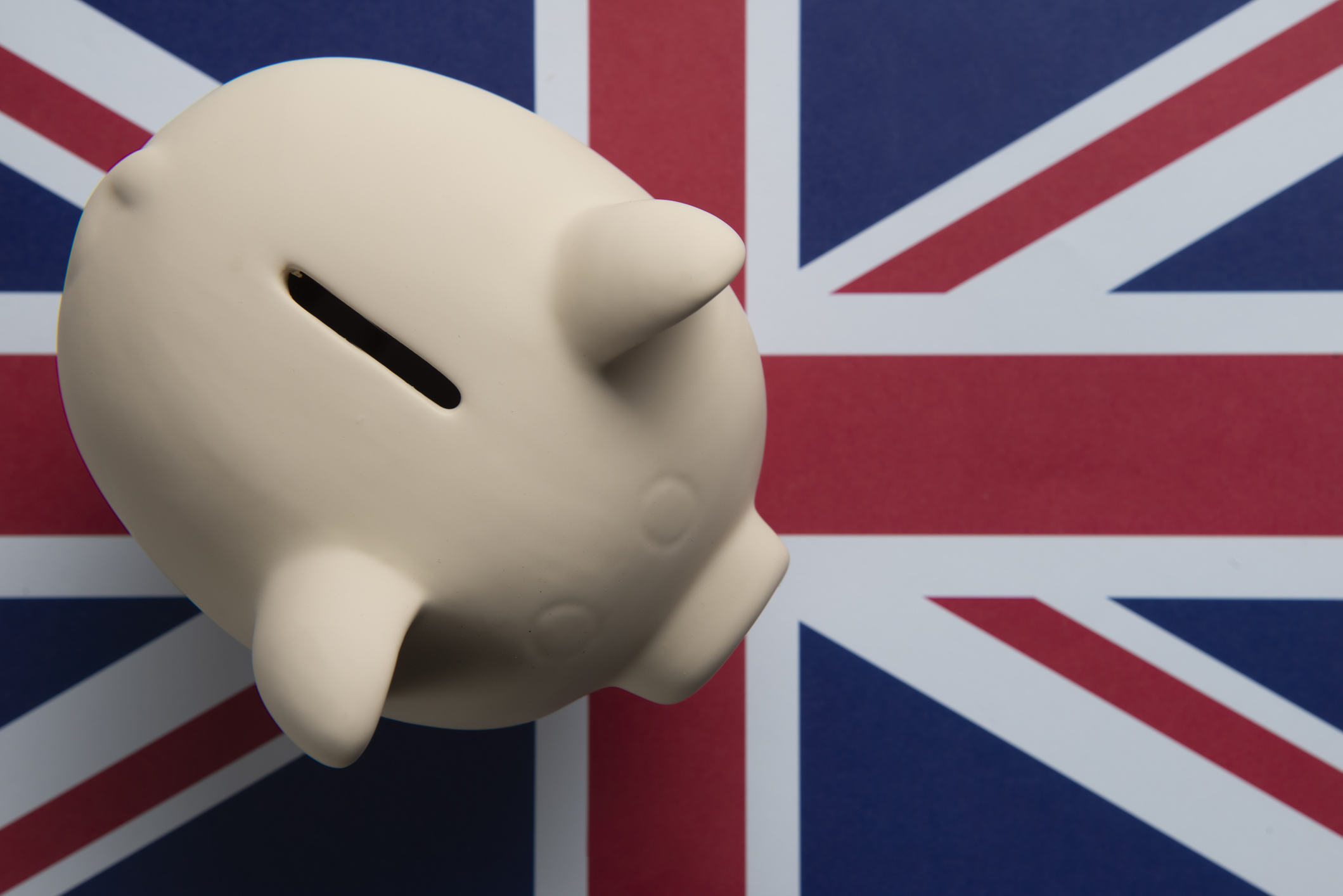Best savings rates – earn as much as 4.55%
The best savings rates on the market are offering up to 4.55% on your cash. Act fast before these top-paying accounts disappear


If you're looking for the best savings rates, you can earn as much as 4.51% with the top easy-access account or up to 4.55% with a one-year fixed savings account.
The difference is that you have the freedom to make withdrawals with an easy-access account, whereas fixing your savings requires your cash to be locked in for a specific term.
While the top regular saver pays a handsome 7.5% on your cash, it comes with its own rules and restrictions. It's worth checking whether the savings account you choose is right for you and your hard-earned cash.
MoneyWeek
Subscribe to MoneyWeek today and get your first six magazine issues absolutely FREE

Sign up to Money Morning
Don't miss the latest investment and personal finances news, market analysis, plus money-saving tips with our free twice-daily newsletter
Don't miss the latest investment and personal finances news, market analysis, plus money-saving tips with our free twice-daily newsletter
We list all the top savings accounts below.
Note:
All the banks we mention in this article are protected by the Financial Services Compensation Scheme, meaning up to £120,000 of your savings are protected should a bank or other financial services company go out of business.
Best notice savings rates
Account | AER | Minimum deposit | Notes |
|---|---|---|---|
4.51% | £25,000 | Save up to £2 million. Open online | |
4.5% | £1 | Save up to £3 million. Open online | |
4.5% | £5,000 | Save up to £250,000. Open online or in person. | |
4.47% | £1 | Save up to £500,000. Open online. |
The best easy-access savings rates
Easy-access savings accounts pay up to 4.51% interest, but can come with restrictions on withdrawals. So it's worth checking what you sign up for, as you'll want to be able to access your money in case of emergencies.
Account | AER | Minimum deposit | Notes |
|---|---|---|---|
4.51% | £25,000 | Save up to £2 million. Open online | |
4.5% | £0 | Save up to £3 million. Open online | |
4.48% | £10,000 | Save up to £255,000. Open online | |
4.4% | £1 | Save up to £2 million. Open online. |
Best regular savings accounts
Regular savings accounts currently pay up to 7.5% on your cash –the highest in the market. It's ideal for your savings if you want to grow small amounts of money every month.
Account | AER | Minimum deposit | Notes |
|---|---|---|---|
7.5% | £1 | Save up to £200 per month. Open online or in person. | |
7.1% | £0 | Save up to £300 per month. Open online. | |
7% | £25 | Save up to £300 per month. Open online. | |
7% | £1 | Save up to £300 per month. Open online. |
The best one-year fixed rates
If you’re happy to lock a chunk of your savings away for a year, it might be worth considering a one-year fixed savings account, currently paying up to 4.55%.
Just note that if you take money out before the fixed period ends, you will lose the interest deal.
Account | AER | Min. opening deposit | Notes |
|---|---|---|---|
4.55% | £1,000 | Save up to £120,000. Open online | |
4.5% | £5,000 | Save up to £250,000. Open online | |
4.46% | £1,000 | Save up to £1 million. Open online | |
4.41% | £1,000 | Save up to £250,000. Open online |
The best two-year fixed rates
Account | AER | Min. opening deposit | Notes |
|---|---|---|---|
4.41% | £1,000 | Save up to £250,000. Open online | |
4.4% | £1,000 | Save up to £250,000. Open online | |
4.34% | £100 | Save up to £500,000. Open online | |
4.31% | £1,000 | Save up to £200,000. Open online |
The best three-year fixed rates
Account | AER | Min. opening deposit | Notes |
|---|---|---|---|
4.26% | £1,000 | Save up to £499,999. Open online | |
4.25% | £1,000 | Save up to £2 million. Open online | |
4.25% | £100 | Save up to £500,000. Open online | |
4.21% | £2,000 | Save up to £1 million. Open online, in person or via post |
Types of savings accounts
If you're looking to store your cash in an interest account there are several different types to choose from – ranging from easy-access accounts to one, two or three-year fixes.
- Easy access accounts allow you to take your money out as and when you please.
- Fixed-rate accounts, or fixed-rate bonds, come with restrictions and also mean you cannot access your cash until the account reaches maturity. You usually earn more interest if you are willing to lock your cash away for a fixed period but keep in mind that this also takes away flexibility should you need the cash suddenly.
- Regular savers reward customers ready to commit to a consistent savings habit. These are usually the top-paying savings rates in the market.
- Savings accounts for existing customers reward loyalty, providing higher rates or accounts with perks.
Looking to switch your current account? Take a look at our guide to the best offers for switching banks, where you can earn as much as £200 for moving bank accounts.
This article is updated regularly to bring you the latest on the best savings rates. Sign up for our newsletter to stay up-to-date on all the latest deals for cash savings.
Get the latest financial news, insights and expert analysis from our award-winning MoneyWeek team, to help you understand what really matters when it comes to your finances.

Oojal has a background in consumer journalism and is interested in helping people make the most of their money.
Oojal has an MA in international journalism from Cardiff University, and before joining MoneyWeek, she worked for Look After My Bills, a personal finance website, where she covered guides on household bills and money-saving deals.
Her bylines can be found on Newsquest, Voice.Cymru, DIVA and Sony Music, and she has explored subjects ranging from politics and LGBTQIA+ issues to food and entertainment.
Outside of work, Oojal enjoys travelling, going to the movies and learning Spanish with a little green owl.
-
 RICS: Budget failed to boost property market and recovery unlikely until spring 2026
RICS: Budget failed to boost property market and recovery unlikely until spring 2026Data from the Royal Institution of Chartered Surveyors suggests the Autumn Budget hasn't helped to improve property market sentiment
-
 FCA launching targeted support to help savers with complex financial decisions
FCA launching targeted support to help savers with complex financial decisionsThe regulator wants to help you get to grips with investing and pension planning. Here’s how its new targeted support framework will help you
-
 Nationwide promises to protect all its branches from closures until at least 2030
Nationwide promises to protect all its branches from closures until at least 2030The building society has extended its pledge to keep all high street Nationwide and Virgin Money branches open, now until at least 2030.
-
 Brits leave £31.6 billion in savings accounts paying 1% interest or less – do you need to switch?
Brits leave £31.6 billion in savings accounts paying 1% interest or less – do you need to switch?Eight million Brits hold money in savings accounts that pay 1% interest or less, meaning the value of their cash is being eroded by inflation.
-
 Buying vs renting: is is better to own or rent your home?
Buying vs renting: is is better to own or rent your home?The higher mortgage rates of recent years have actually made renting comparatively cheaper, analysis suggests. But there are hidden costs to long term renting.
-
 Hargreaves Lansdown launches first cash ISA – how does it compare?
Hargreaves Lansdown launches first cash ISA – how does it compare?Hargreaves Lansdown is offering an own brand cash ISA for the first time with their new easy-access account. How does the interest rate compare to other products?
-
 Is Britain heading for a big debt crisis?
Is Britain heading for a big debt crisis?Opinion Things are not yet as bad as some reports have claimed. But they sure aren’t rosy either, says Julian Jessop
-
 Nationwide Building Society launches £175 switching deal – who is eligible?
Nationwide Building Society launches £175 switching deal – who is eligible?Nationwide Building Society has launched a new current account switching deal. We look at whether you are eligible, and how to get the free cash.
-
 Green mortgages: how do they work and how much can you save?
Green mortgages: how do they work and how much can you save?Most high-street lenders now offer some kind of green mortgage deal. We look at who’s eligible, how to apply and the mortgage rates and cashback on offer
-
 ‘My NS&I one-year British Savings Bond is maturing – what should I do with my savings?
‘My NS&I one-year British Savings Bond is maturing – what should I do with my savings?Thousands of savers will see their fixed-rate savings accounts mature next month. We consider whether you should stick with NS&I or move to a competitor